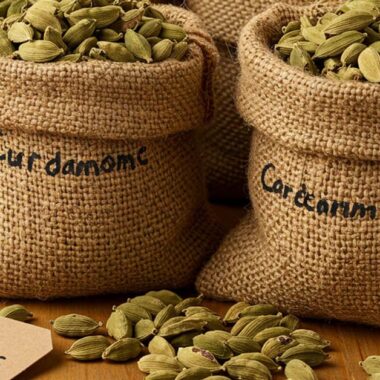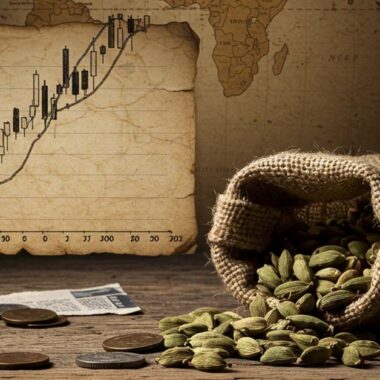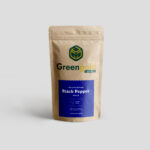Cardamom, often called the “Queen of Spices,” has been one of the most valuable and sought-after spices in history. Today, it is a common ingredient in many kitchens, but in ancient times, cardamom was considered a luxury, reserved for royalty, religious ceremonies, and trade among the richest civilizations. Let’s explore how this aromatic spice became a symbol of wealth and status! 🌿💎
🏺 Origins: The Birthplace of Cardamom
Cardamom is native to the Western Ghats of India, Sri Lanka, and parts of Southeast Asia. The lush forests of Kerala and Karnataka were known for producing some of the finest quality cardamom, which was harvested by hand and carefully dried to preserve its fragrance. The spice was so precious that it was often called “black gold” by traders who transported it across continents.
🚢 The Ancient Spice Trade: A Path to Luxury
Cardamom became a highly valued commodity in early trade networks, making its way from India to Egypt, Greece, Rome, and the Middle East. The spice was carried along the Silk Road and the Maritime Spice Route, making it one of the most expensive and in-demand goods of the time.
- Egyptians & Cardamom (1500 BCE) 🇪🇬
The ancient Egyptians used cardamom in religious rituals, perfumes, and even embalming mummies. It was considered a sacred and purifying spice. Wealthy Egyptians also chewed cardamom as a breath freshener and medicine. - Greeks & Romans (500 BCE – 300 CE) 🇬🇷🇮🇹
The Greeks and Romans adored cardamom for its culinary and medicinal properties. Roman aristocrats used it to flavor their extravagant feasts, while Greek physicians like Hippocrates recommended it for digestion and respiratory health. Cardamom was also an ingredient in high-end perfumes and aromatic oils. - Middle Eastern Love for Cardamom ☕
In the Middle East, cardamom became a staple in Arabic coffee culture, known as Gahwa. It was a symbol of hospitality and wealth, and only the affluent could afford to use it generously in their daily drinks and sweets.
👑 Cardamom: A Symbol of Royalty & Wealth
Because cardamom was rare and difficult to cultivate, it was extremely expensive. It was often gifted to kings, emperors, and high priests as a tribute. In medieval times, European royalty and aristocrats used it in banquets and herbal remedies, further elevating its status as a luxury item.
🌍 The Spread of Cardamom to Europe
By the Middle Ages, the demand for cardamom in Europe skyrocketed. Arab and Venetian merchants controlled the spice trade, selling cardamom at exorbitant prices. It became a rare and exotic commodity used in medieval apothecaries for its supposed healing powers.
When Portuguese, Dutch, and British traders arrived in India during the 15th-17th centuries, they quickly recognized the value of cardamom and monopolized its trade, ensuring that only the wealthiest could afford it.
🌱 From Luxury to Common Spice
With the advancement of plantation agriculture in the 19th and 20th centuries, especially in India and Guatemala, cardamom became more widely available. Today, while still considered a premium spice, it is no longer exclusive to the elite. However, high-quality organic and hand-harvested cardamom remains one of the most expensive spices in the world.
🛍️ Experience the Luxury of Cardamom Today!
Want to taste the rich history of this ancient luxury spice? Get premium-quality cardamom from Greengold Guide! 🌿 Whether you use it for cooking, tea, or traditional remedies, enjoy the same exquisite spice that once graced the tables of emperors and pharaohs! ✨👑












